Biologic Zones
Our original concept for the Garden was to establish eight specific plant zone communities found on the Nipomo Mesa. In practical application it is very difficult to accomplish within our 12 acres. These plant communities include; Oak Woodlands, Manzanita/Ceanothus Chapparral, Coastal Scrub, Coastal Dune, Riparian, Wetland, Central Maritime Chaparral and Grasslands.
Of these the Riparian and Wetland are the most difficult for us to establish as we have no natural waterways.
We have created a seasonal creek area fed by storm run-off from the local roadways. This drains into the lowest area of the Garden where we have attempted to create a Wetland by installing a water barrier beneath the soil. This area is also irrigated, though during drought periods common on the Central Coast, run-off is scarce and we can not irrigate.
Oak Woodlands |
||
| Soils are typically well drained. The dominant plant is Coast Live Oak (Quercus agrifolia), which often is found in monotypic (pure) stands. Typical understory species include California grape (Vitis californica), Toyon (Heteromeles arbutifolia), Western Poison Oak (Toxicodendron diversilobum), and Coffeeberry (Rhamnus californica) | ||
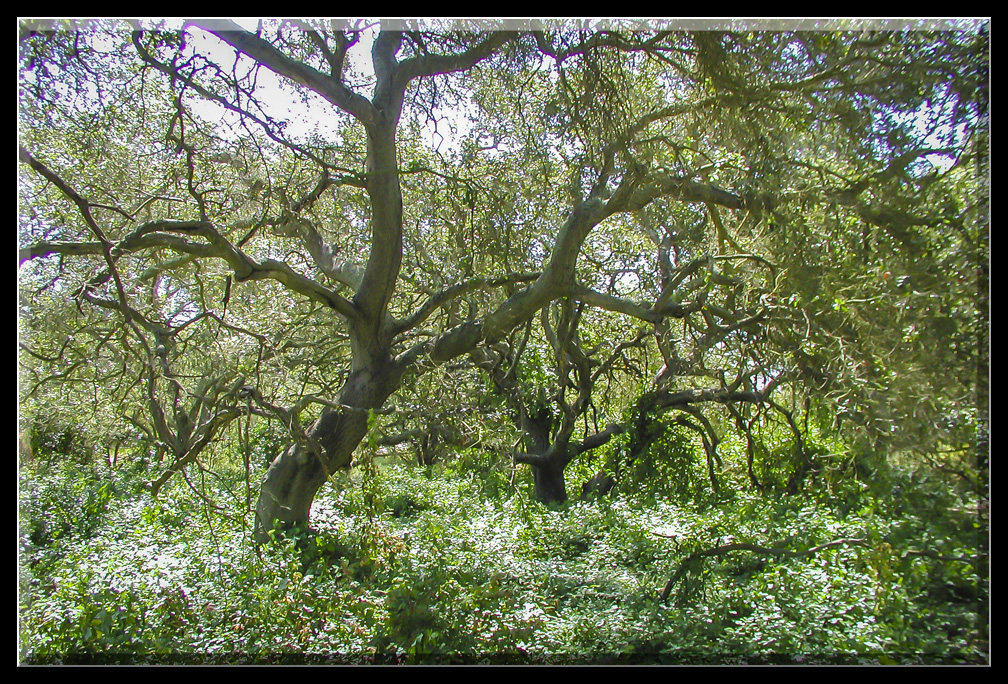 |
A herbaceous layer would include bracken fern, Miner's Lettuce, California Sagebrush, California Prickly Phlox, Branching Phacelia, Sticky Monkeyflower, Hummingbird Sage, Blue Elderberry, Hedge-nettle. |
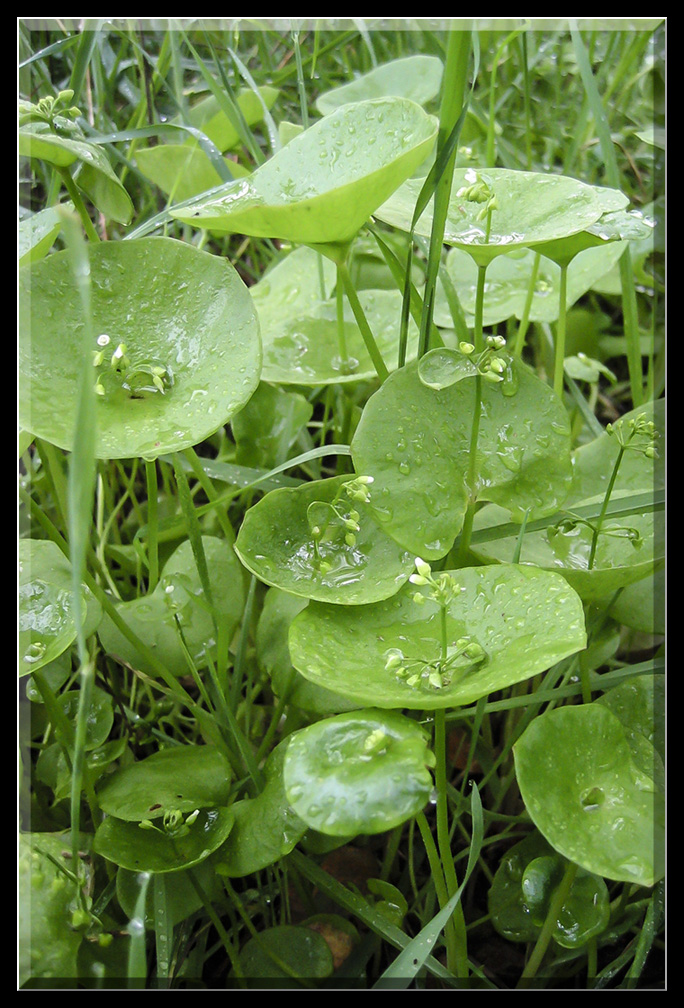
|
Manzanita/Ceanothus Chaparral |
||
| Height of this chaparral is usually less than 9 feet. Areas where this chaparral can be seen are along the west side of Hetrick north of Willow Road and into the Summit Station area. This plant community usually receives full sun and is very drought tolerant. | ||
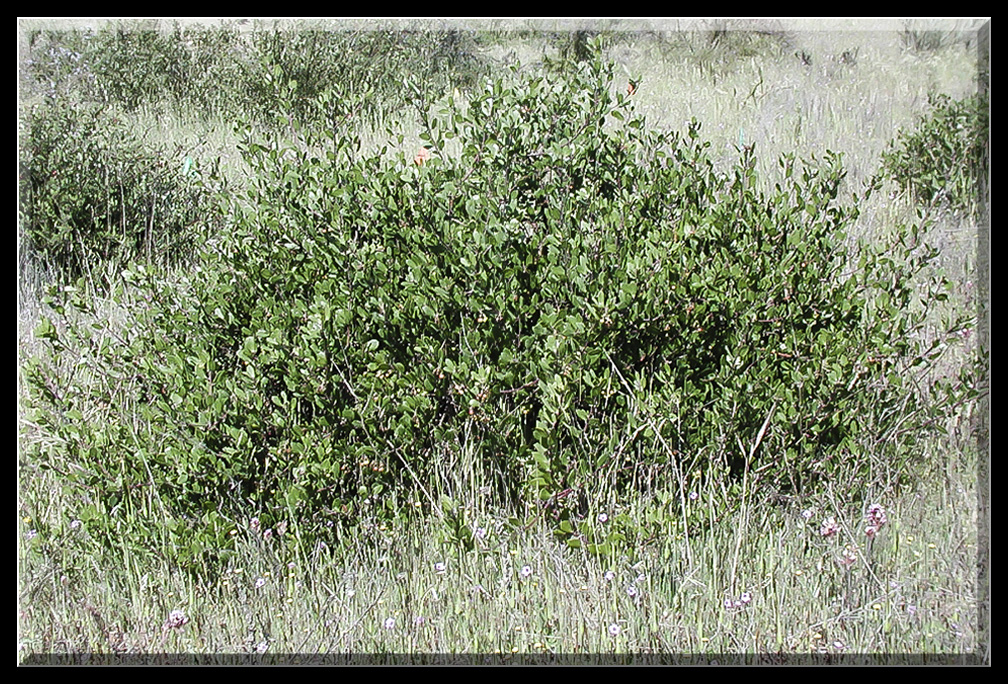 |
In some of the open areas close to and under the Oaks can be found the California Peony and Rush Rose. |
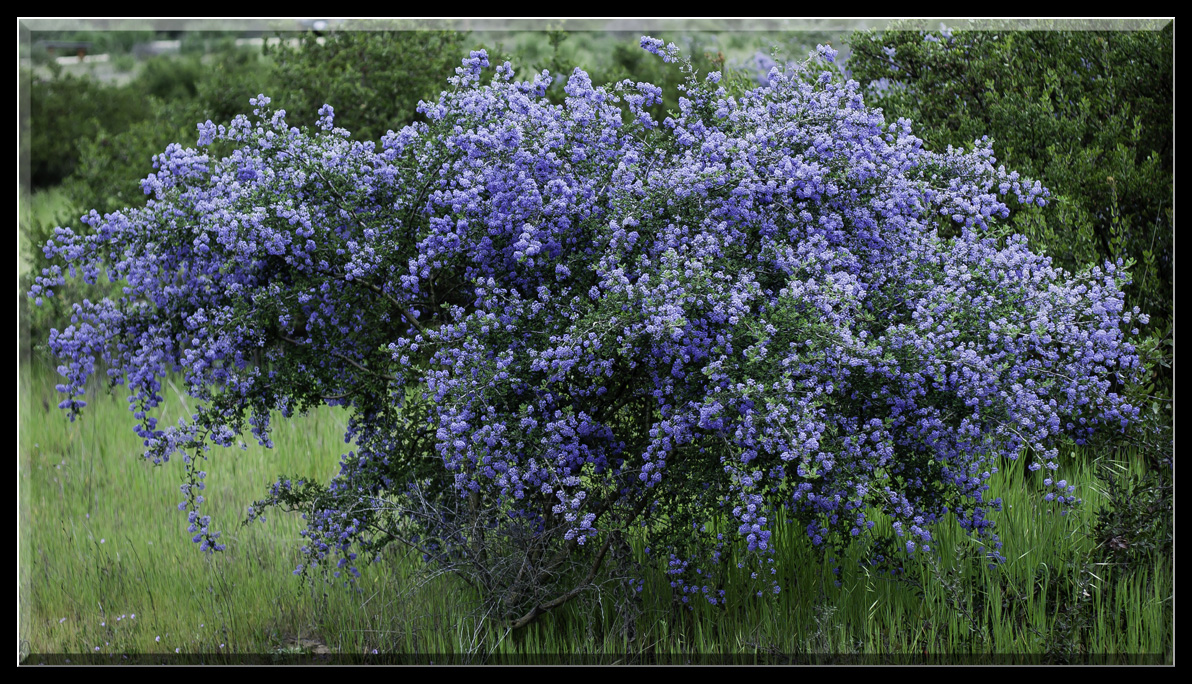
|
Coastal Sage Scrub |
||
| An ecosystem that rarely freezes in the winter and only occasionally experiences temperatures over 90-degrees F during the dry California summer. Coastal Scrub occurs discontinuously in a narrow strip throughout the length of California, usually within about 20 miles of the ocean. Elevation ranges from sea level to about 900 m (3000 ft). | ||
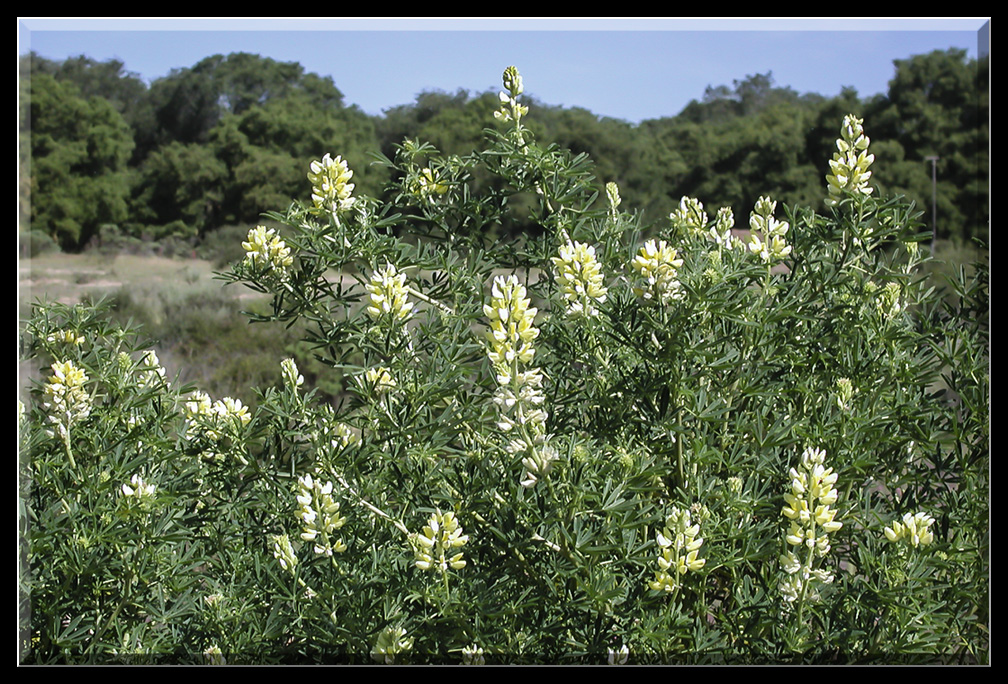 |
Coastal Scrub perennials include: Coyote Brush, Lupine, Encelia, Ragweed, California Sagebrush, Buckwheat and various Sages. |

|
Coastal Dune Scrub |
||
| A plant community dominated by coastal herbs and shrubs growing on sandy stabilized soils of back dune slopes, influenced by the salt and wind from the ocean. It is both fragile and diverse due to a unique combination of periodic disturbances and stability. Harsh and changing conditions give many species an opportunity to try to survive here. | ||
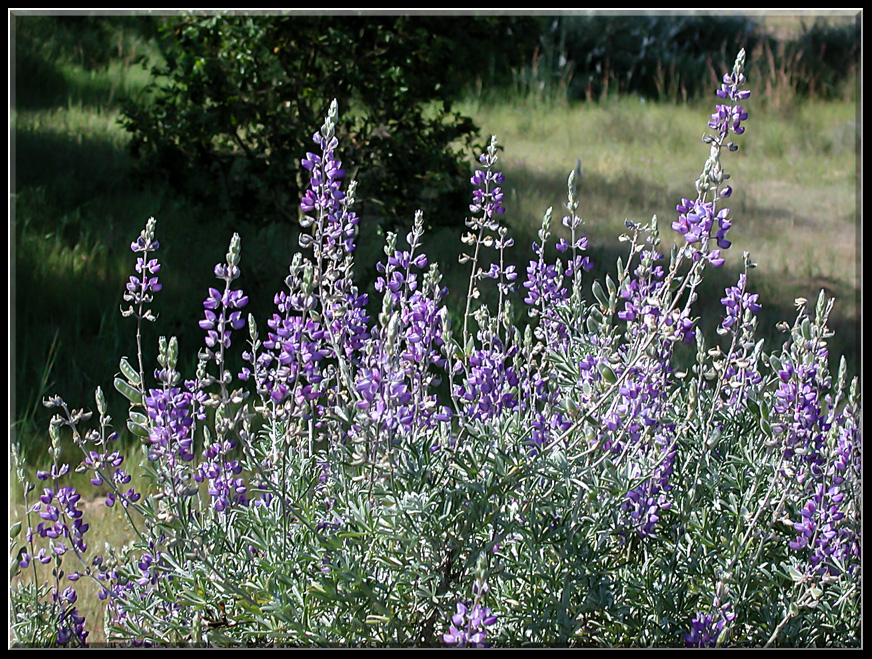 |
Major plants include; California Sagebrush, Coast Goldenbush, Dune Lupine, Heather Goldenbush, Prickly Phlox, Woolly Blue Star, and Coreopsis. |
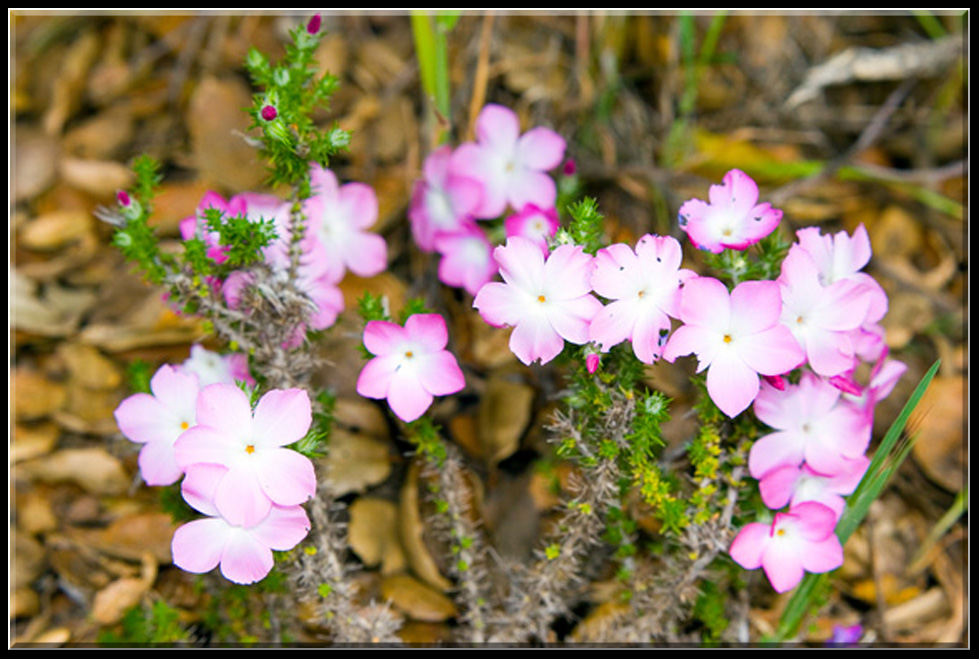
|
Wetland |
||
| Wetlands are areas where groundwater is visible or within 1 foot of the surface all year. Soils are usually slightly acidic and poor draining, but fairly abundant in organic matter. | ||
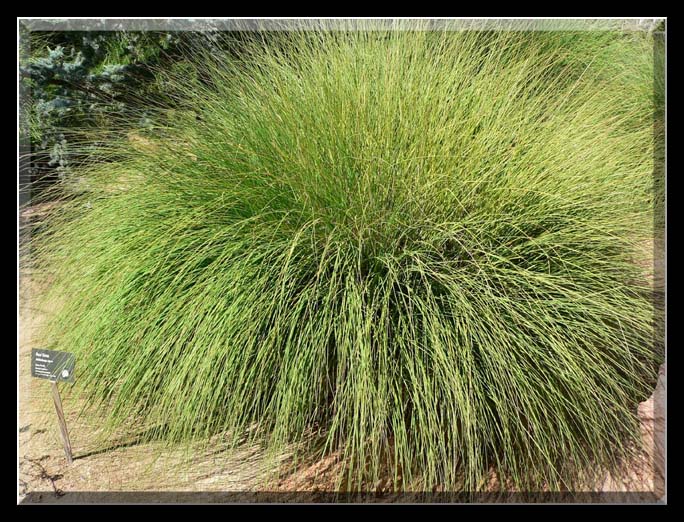 |
Plants associated with these areas include; Pacific Reedgrass, Santa Barbara Sedge, Brown-headed Rush, Seep Monkeyflower, Twinberry, Hummingbird Sage, Deergrass and a variety of different Ribes species. California Wax Myrtle and Willows, as trees. |
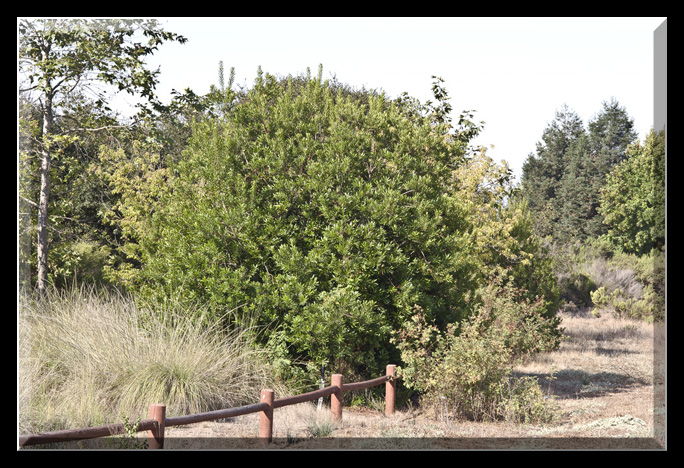
|
Riparian |
||
| A riparian zone or riparian area is the interface between land and a stream. Plant communities along the river margins are called riparian vegetation. | ||
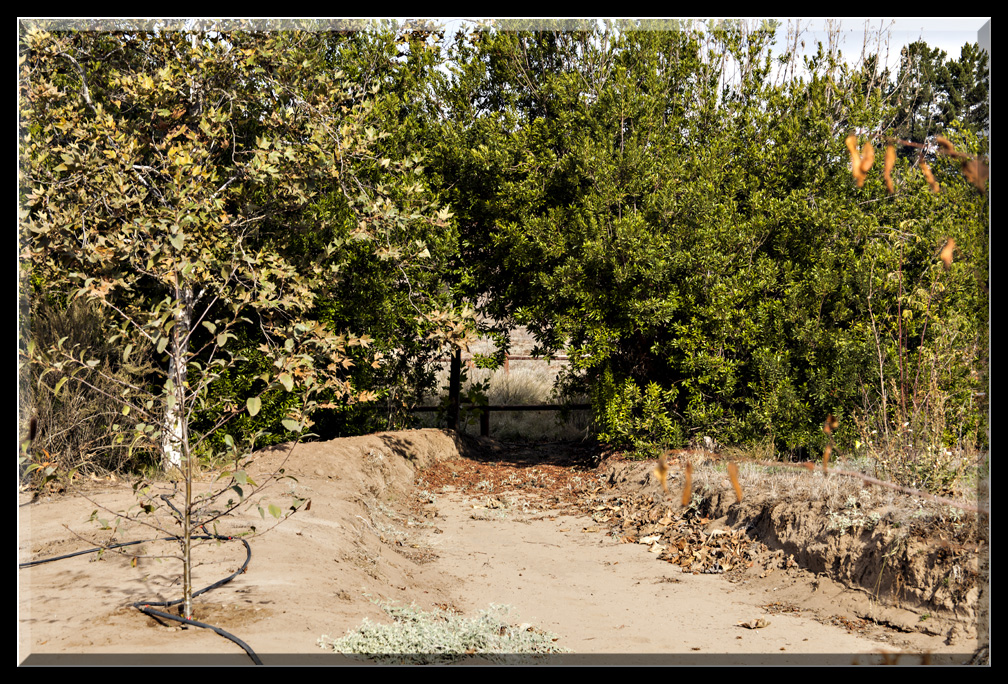 |
This zone is dominated by Black Cottonwoods in association with Oak, White Alder, Willows, California Bay-laurel, Box Elders, Sycamore, and Elderberry depending on location. |
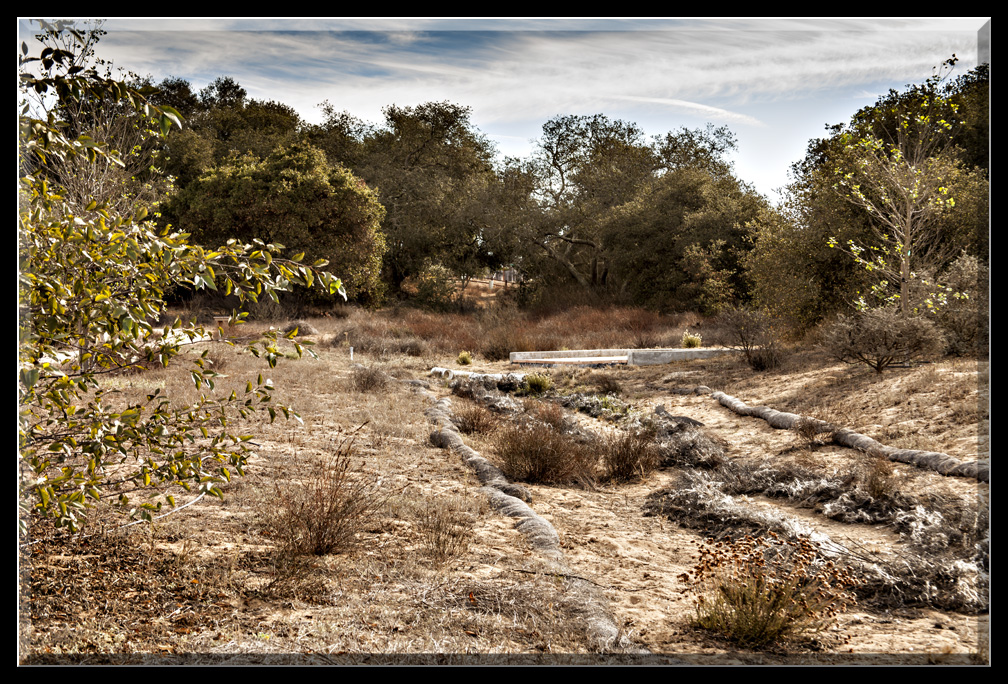
|
Central Maritime Chaparral |
||
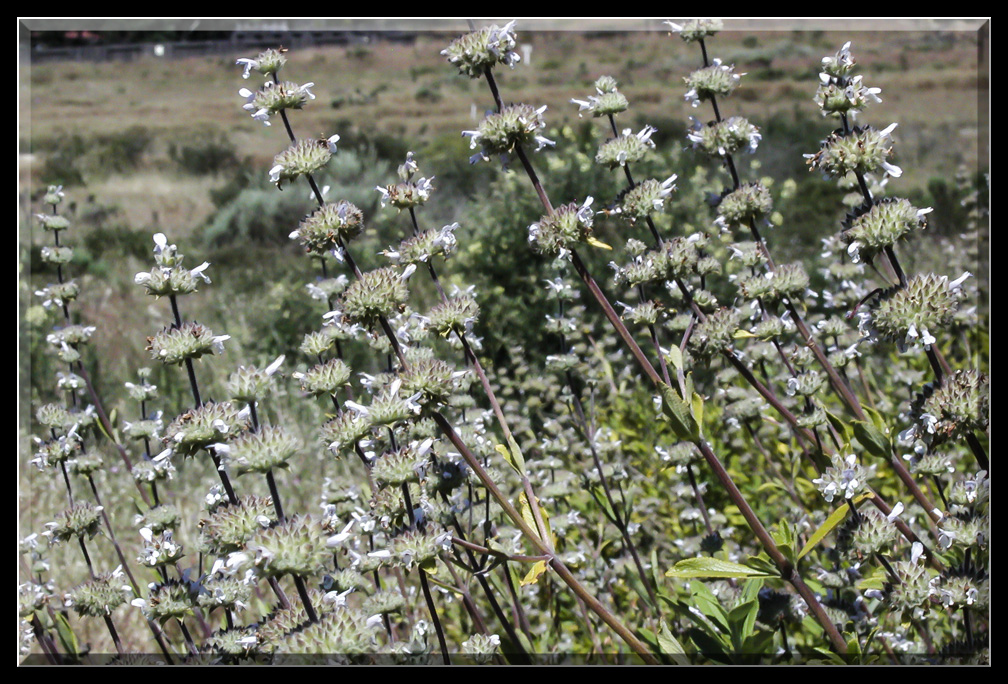 |
A variable sclerophyllous (in which the leaves of the trees and shrubs are evergreen, hard, thick, leathery) scrub of moderate to high cover (50-100%) dominated by Chamise and Black Sage, interspersed with Sand Mesa Manzanita plus Chaparral Nightshade, California Rushrose, Mock Heather and Dune Almond. |
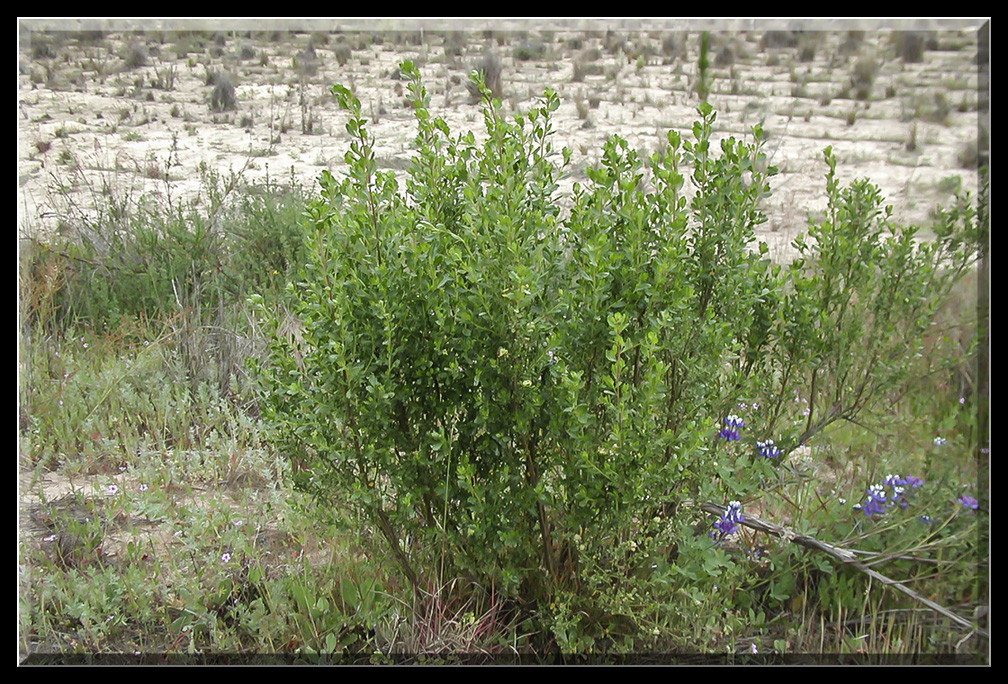
|
Grasslands |
||
| Grasslands are typically found growing on deep soils with a high clay content. The species tend to segregate depending on soil substrate and slope factors. Since bunchgrasses do not coalesce, many annual wildflowers also grow in the open spaces. Typical grass species for this area include Blue Wildrye, California Melic, Nodding Needlegrass and Purple Needlegrass. These are all perennial bunchgrasses which exhibit some dormancy period during the year. | ||
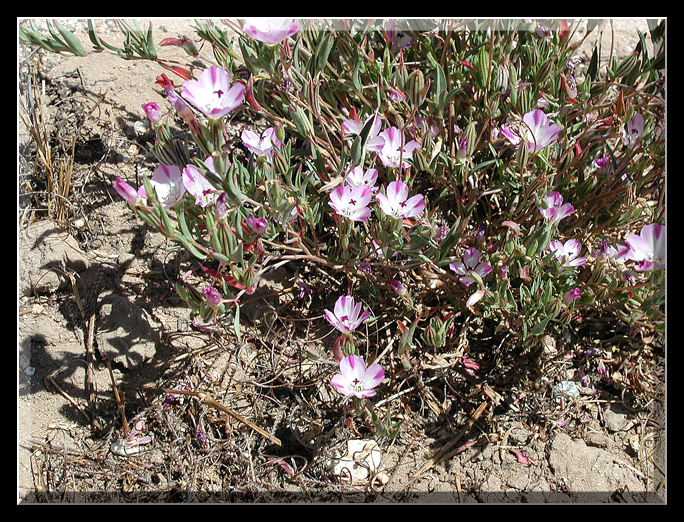 |
Flowers include; Sky Lupine, Purple Clarkia, Phacelia and Gilia, Tidy tips, Goldfields, Baby Blue-eyes. |
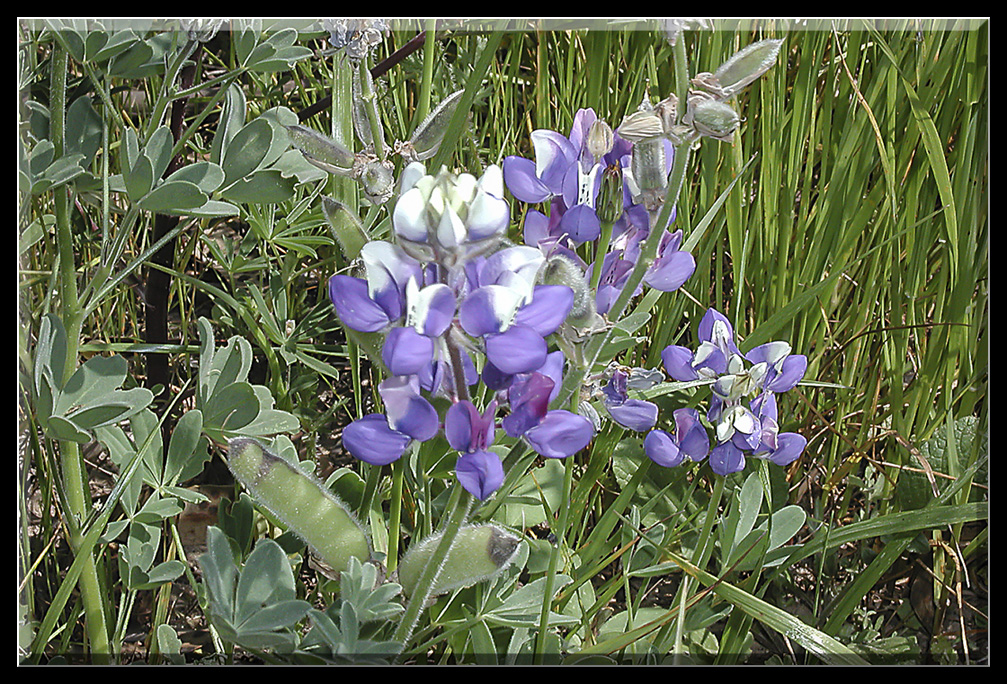 |